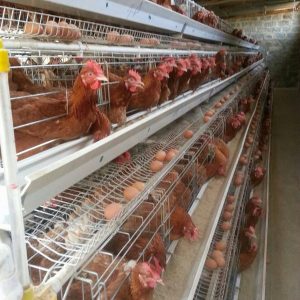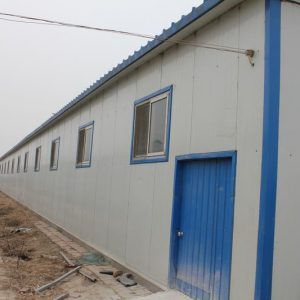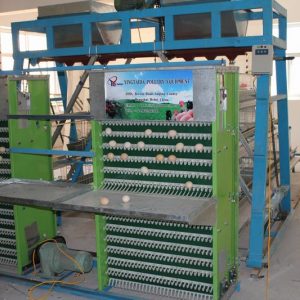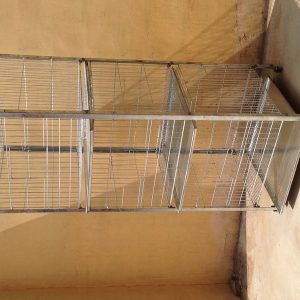
Pay attention to broiler breeder uniformity at one week of age
The uniformity of the flock is an important indicator of the broiler breeder’s growing period, and it is one of the most important factors affecting the performance of the broiler breeder. According to the level of uniformity of broiler breeders during the breeding period, it is possible to predict the regularity of the chicken flock, the laying rate, the peak period of egg production, the uniformity of egg weight and the survival rate of the flock. In order to improve the production performance of broiler breeders, we should pay attention to uniformity from the first week and lay a solid foundation to improve the overall benefit of the flock.
create a good breeding environment
The temperature should be balanced, the temperature difference between day and night should not be too large, try not to exceed 3℃; the humidity should meet the requirements, especially the relative humidity of the first 3 days should be above 65% to avoid early dehydration of the chicks; attention should be paid to ventilation and air quality should be determined according to the age of the chicken Ventilation. Early light intensity should be sufficient. At the beginning of brooding, low light intensity (less than 20lx) will reduce the feed intake of the chicks. At the same time, reducing the light time too fast will also reduce the feed intake of the chicks and affect the 7-day-old body weight. When entering the house, the light intensity is 20-30lx, and then gradually decreases to about 101x in 29 days. The light intensity of the entire chicken house should be uniform. Once the lights are turned on in the house, all chickens should get drinking water and feed at the same time.
Timely boiling water and food
After the long-distance transport chicks are in the house, they should boil water and start food at the same time, which can alleviate the transportation stress. 30min before the arrival of the chicks, place the waterer and feed evenly, feed less frequently, feed 6-8 times a day in the first four days, and gradually reduce the number of feedings to promote the development of the intestines and immune system and increase muscle Strong stomach. At the same time, laying pads or plastic sheets in the brooding area in the first 3 days to start feeding will help early feeding. Experience has shown that chicks that get feed and water earlier will have better growth and development and weight uniformity at an earlier stage than chicks that are delayed for several hours.
cultivate early appetite
In the first 96h, the chicks want to eat, but they don’t know the feed, so we must help them. For example, if the chicks do not develop a good appetite in the first 4 days, it is easy to cause poor uniformity in the future; to make the feed easier to eat, it should be taken in the first 96h. Use crushed particles, but not too fine.
select chicks
Raise chicks from mothers of different ages separately, select those chicks that cannot eat the feed through observation of feeding and drinking, and feed them carefully and take care of them separately; check the crops after drinking for 2 hours, and watch the chickens to drink and eat. Condition, until the chicks are all drinking and eating; if the chicks are boiled and fed for 4 hours, there are still chickens that are not fully drinking and feeding, you must check the light, the height of the drinking fountain, the position of the feeding and drinking water, etc.; the chicks should be boiled for 6 hours and eaten one by one. Select chickens, pick out chickens that do not eat or drink, eat or drink, drink or drink, and other defective chickens to raise separately. At the same time, chicks need to be vaccinated with several vaccines in the first week. For example, in the first vaccination of infectious bronchitis vaccine, weak chicks can be picked out at the same time and fed separately; Pick it out by hand feel and chick, and feed it separately.
provide sufficient and effective material level and water level
The material level and water level are distributed evenly and quickly, so that the chicks (ensure that the chicks are in the first 24h) can eat the material and drink water within 1m. The chicks can adapt to the new environment 1-2 hours later, and should be checked frequently to make all the chickens easy to eat and drink, and gradually increase the number of feeders and drinkers as the age increases.
The two main factors that affect uniformity are genetic and management differences, but management differences are the main factors. Therefore, the earlier the uniformity of the breeder is controlled, the better the growth and development of the breeder.



